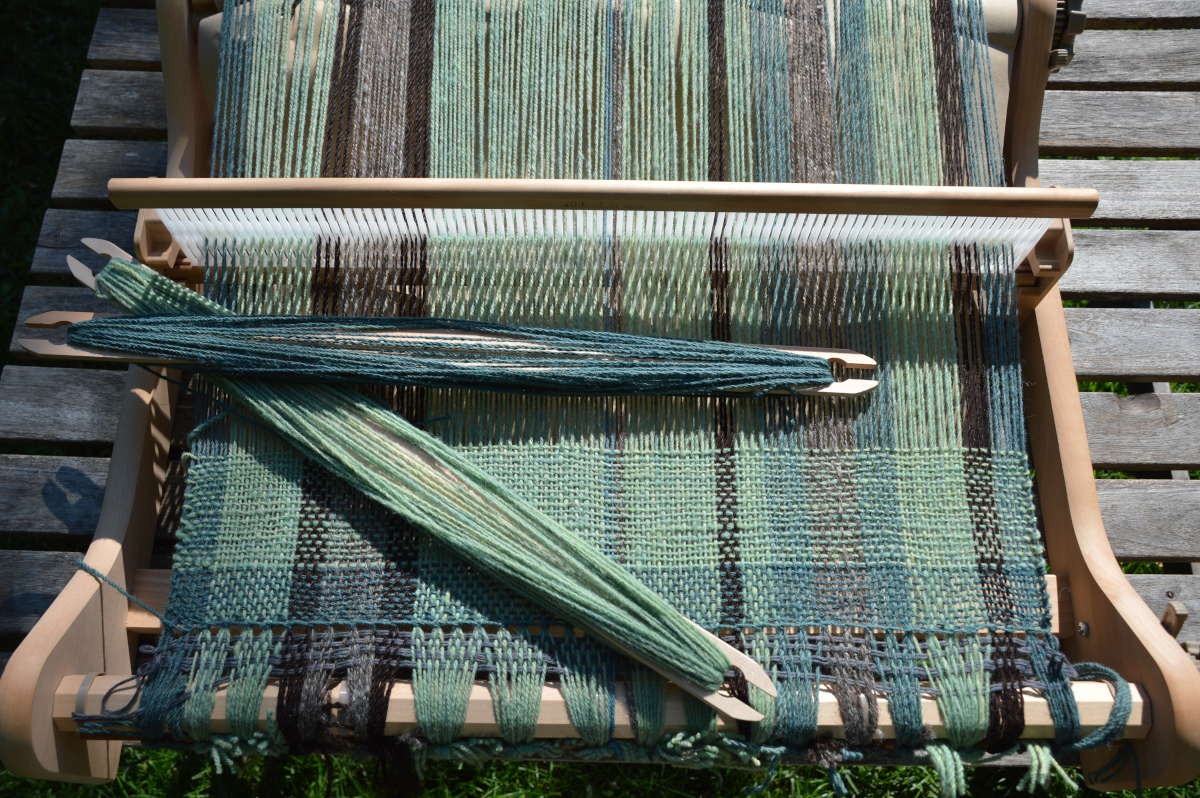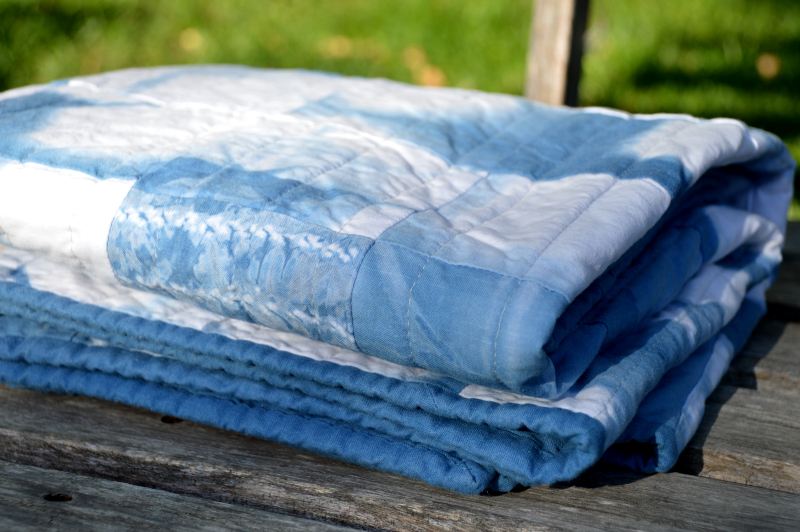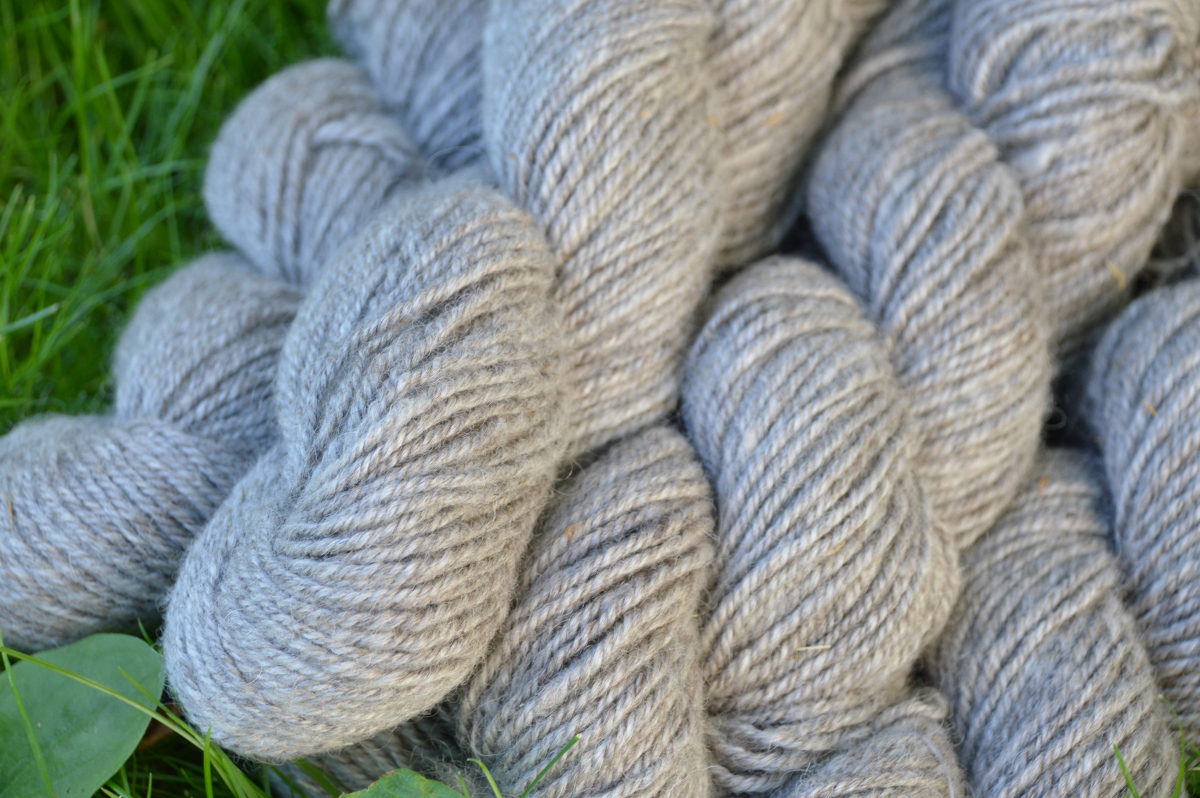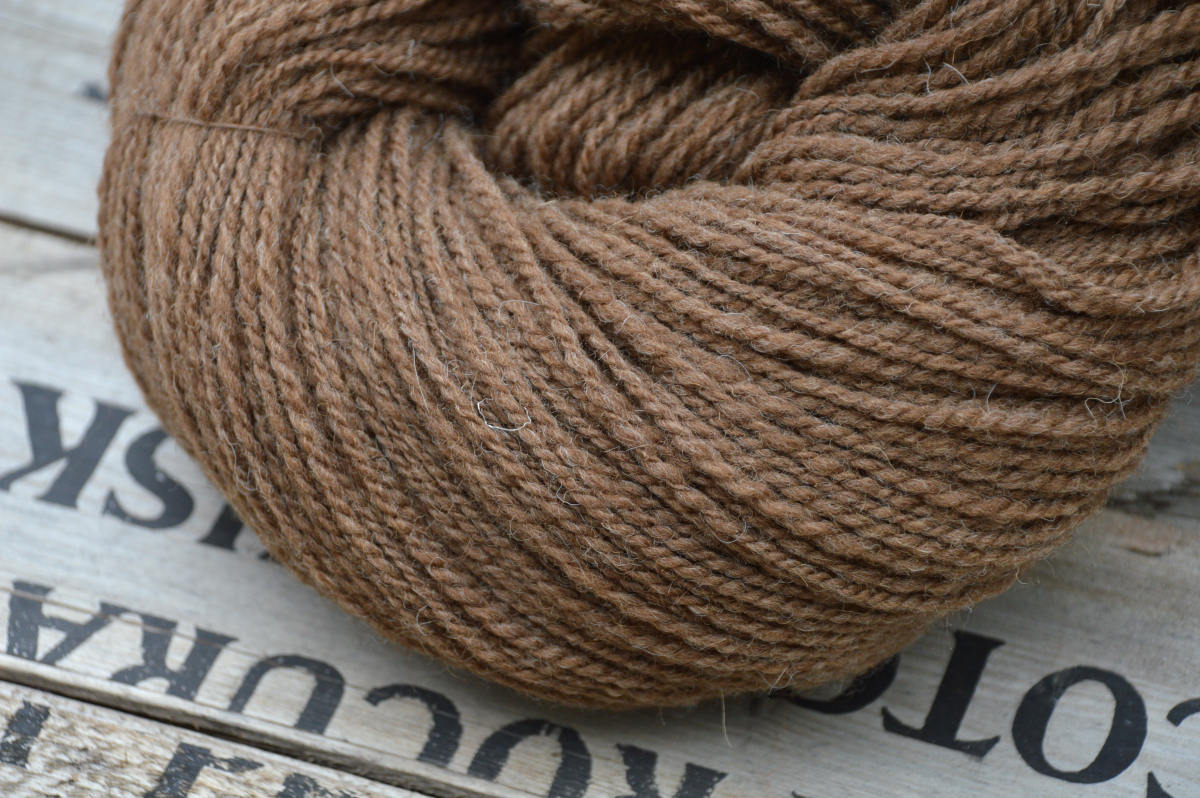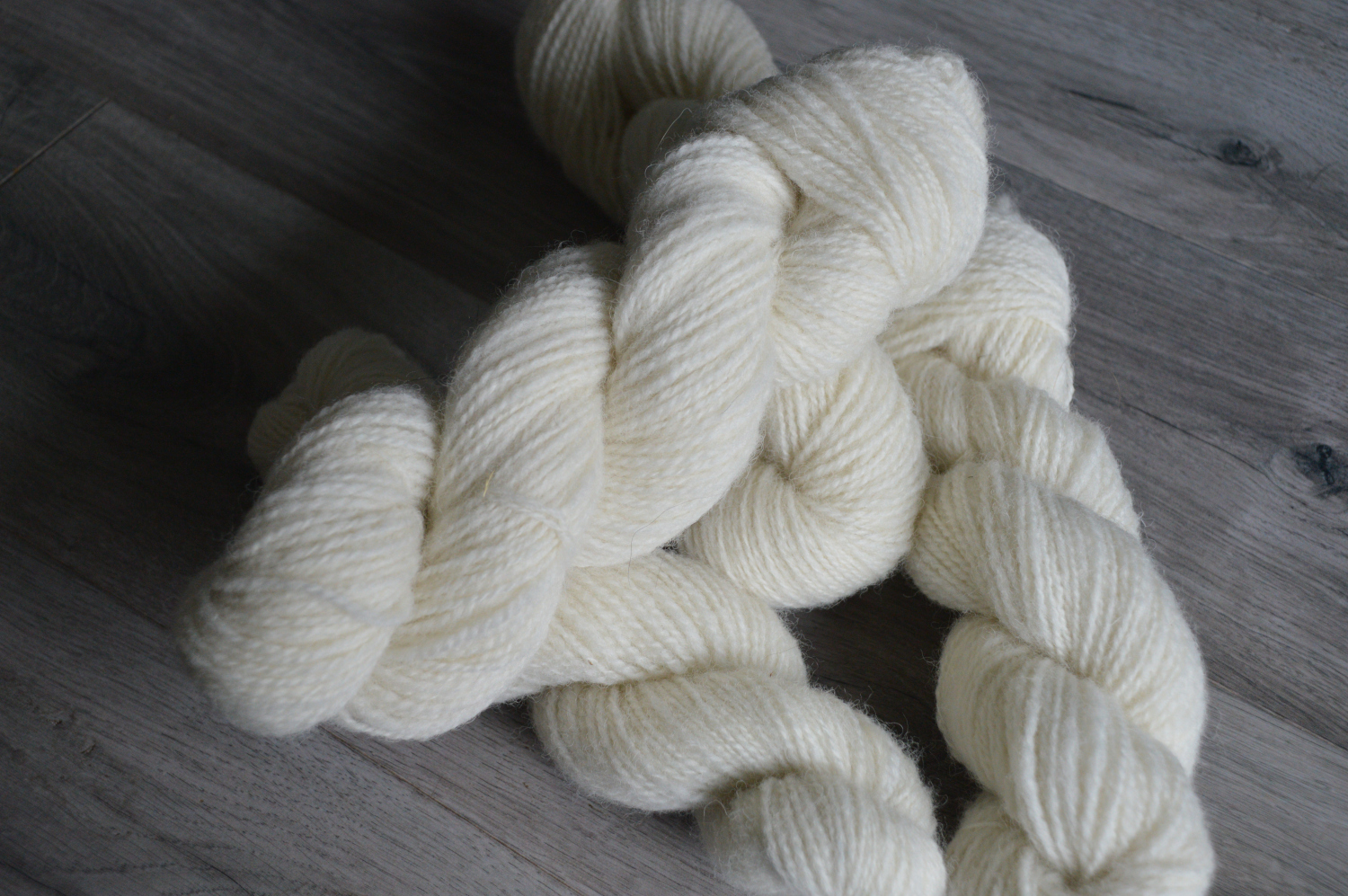I’m a serial maker.
I like to make things, purely for the act of making them. Having the things is nice too I guess, especially when they’re practical and I use them, but really the goal of making for me is the act of doing it, not the act of having the thing at the end of the process.
I’m a big proponent of everybody should have at least one hobby. One thing that they practice and work on specifically with their hands. That thing shouldn’t be about something you can sell, or even get to be an expert at. That thing should be for the simple act of making and enjoying the process of making it.
We use the word hobby almost as an afterthought, derisively at times. Like it’s something that is inconsequential or, ultimately, doesn’t mean anything, when in fact nothing could be further from the truth. The satisfaction that comes with learning a new skill is something that you cannot replicate in any other way. Maybe that skill is something in textiles, like knitting or spinning or weaving or sewing. Making it’s scrap booking, or maybe it’s carpentry. Maybe it’s about building computers, or highly ornate dioramas of historical events. It doesn’t matter what it is, what matters is that you are taking your hands – two of our most amazing evolutionary traits – and create something with them.
My husband and I had a conversation about happiness versus satisfaction a while ago, and it’s what really started me thinking about all of this. We drilled down the differences between the two.
I concluded that you can be happy but unsatisfied, but you can’t be satisfied and unhappy. That’s where satisfaction has the advantage. So while making something and learning a new skill can be frustrating at times, if you stick with it you will always be satisfied. As you learn new skills and create more things, your satisfaction increases. As you become satisfied with one thing, that goal post moves, and you need to try more and do more, you welcome the challenge, and you have the opportunity to be satisfied all over again.
I am not a luddite by any means. I had a computer at home when that was still a very atypical thing to do. I was a teenager in my bedroom chatting on Usenet with people all over the world before the general population understood what that was (or what it would become). I believe technology can be one of the greatest things for making the human population a healthier and happier one. Those who know me know I follow space exploration with zeal, and am constantly excited by what new advances are coming out of space exploration (technology from space exploration has impacted our lives immensely, and JPL has a small list here and here’s another one from USA Today here).
But I do believe that there’s been something lost, and I think the ease with which we can pick up a phone and start scrolling has in no small part led to that loss. There’s a dysphoria that comes with that ability. While I was a teenager in my bedroom I felt so connected to these people all over that shared these strange, niche interests I did. But something changed with web 2.0 and microcomputers at our beck and call. It became less about connection, and more about showing off. It’s keeping-up-with-the-joneses on a worldwide scale.
I often tell both my sisters they should try something new and really stick with it. But what I hear in response is “but I’ll suck at it” (or something similar). Of course you’ll suck at it at the beginning, it takes practice. Sometimes years of practice. I’ve been knitting for 20 years and spinning for about 13 – you don’t see all those failures that I was unhappy with (but which pushed me to work harder to get better). I’m fairly proficient in both those things at this point (although there’s always something new to try and get good at, which is the point), but it took an immense amount of practice to get there (as an aside, here’s an excellent little snippet from Ira Glass on The Taste Gap and why most people quit their new endeavour fairly quickly).
But it’s also why I’m a serial maker. I’m always going after that next feeling of satisfaction. With starting something brand new, not knowing anything about it, being really crappy at it, and then (eventually) getting better and better. It’s why I bought myself a rigid heddle loom last year, and why I decided to try my hand at making a quilt this year. I’m not particularly stellar at either, but I’m constantly inspired by people who work wonders, and it gives me something to strive for.
I kept the first scarf I ever knit. I don’t wear it anymore (and haven’t for many years), because it’s full of dropped stitches and weird decreases. It’s a mess. But I’m really proud of it, because it’s where I started, and every now and then I like to pull it out and have a look at it, just to remind myself of the starting point.
What I will leave you with is this: if you’re reading this blog you are likely interested and do make something. And, there’s probably something you have your eye on that seems a little daunting that you do want to make, but don’t quite have the confidence to try yet. My words to you are: just do it. Dive right in and give it a go. Maybe you’ll fail, in which case you’ll learn valuable lessons for your next attempt. Maybe you’ll be successful and you’ll feel that satisfaction that keeps all us makers going. Either way you come out on top, and either way the goal post is moved and you have something new to work towards.
So take those two hands and just do it, because even if you “fail” at this go, there’s always more fibre (or fabric, or wood, or whatever) and you can always try again.
